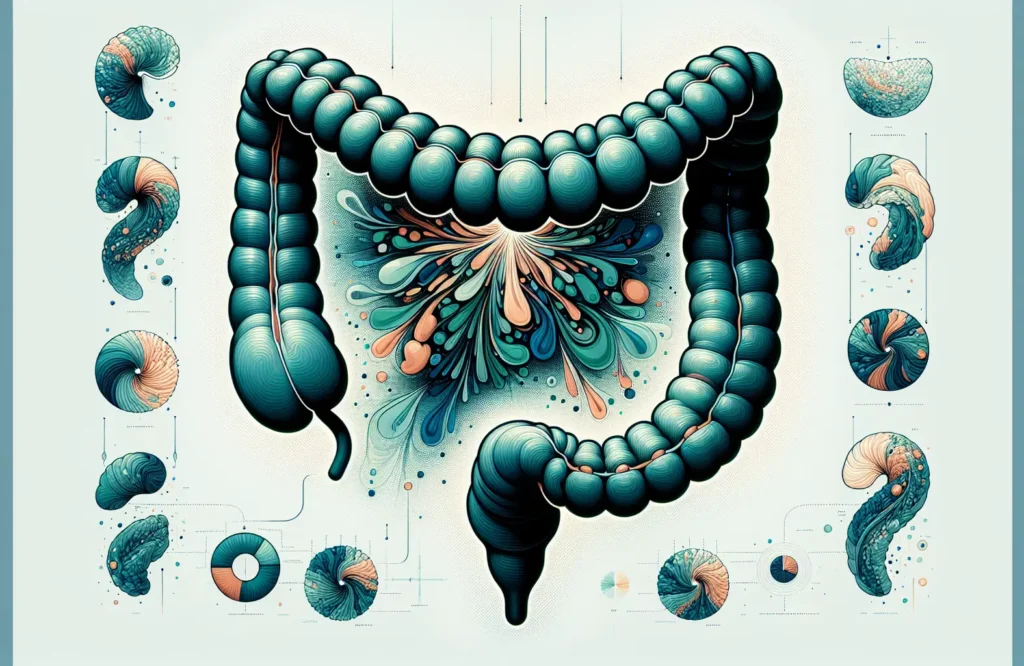
By CAFMI AI From Clinical Gastroenterology and Hepatology
Computer-aided diagnosis (CADx) systems have become increasingly integrated into colonoscopy workflows to assist clinicians in characterizing colorectal polyps. This systematic review and meta-analysis assessed the diagnostic accuracy of CADx across different colonic locations: proximal colon, distal colon, and rectum. The study analyzed multiple datasets comprising thousands of polyps identified during screening and surveillance colonoscopies. Findings revealed that while CADx systems generally provide high overall accuracy, there is notable variability depending on polyp location. Specifically, polyps located in the distal colon were identified with the highest sensitivity and specificity compared to the proximal colon and rectum, where accuracy was moderately reduced. This variation is believed to stem from differences in polyp morphology, local tissue characteristics, and imaging conditions unique to each colonic segment. These factors influence the AI system’s ability to detect and classify polyps effectively, thus impacting its clinical utility across anatomical sites.
Several factors contribute to the variability in AI diagnostic performance across colonic regions. Differences in polyp size, shape, and surface patterns between proximal and distal segments affect image recognition algorithms. Moreover, the proximal colon often presents with more challenging imaging conditions due to folds and mucosal texture, which can reduce AI detection accuracy. The rectum also shows a distinct tissue environment that may lead to lower classification confidence. Understanding these factors is critical for improving AI systems and tailoring them to specific anatomical challenges to enhance overall diagnostic reliability.
The observed differences in AI accuracy by polyp location have important clinical implications. Enhanced performance in the distal colon suggests that CADx systems can reliably support decision-making in this region, potentially reducing unnecessary biopsies and improving workflow efficiency. However, the reduced accuracy in the proximal colon and rectum indicates a need for further algorithm refinement and training with diverse datasets. Future research should focus on developing location-specific AI models and incorporating multimodal data to address these discrepancies. Ultimately, optimizing AI diagnostic tools according to anatomical site will improve patient outcomes and the adoption of AI-assisted colonoscopy in clinical practice.
Read The Original Publication Here